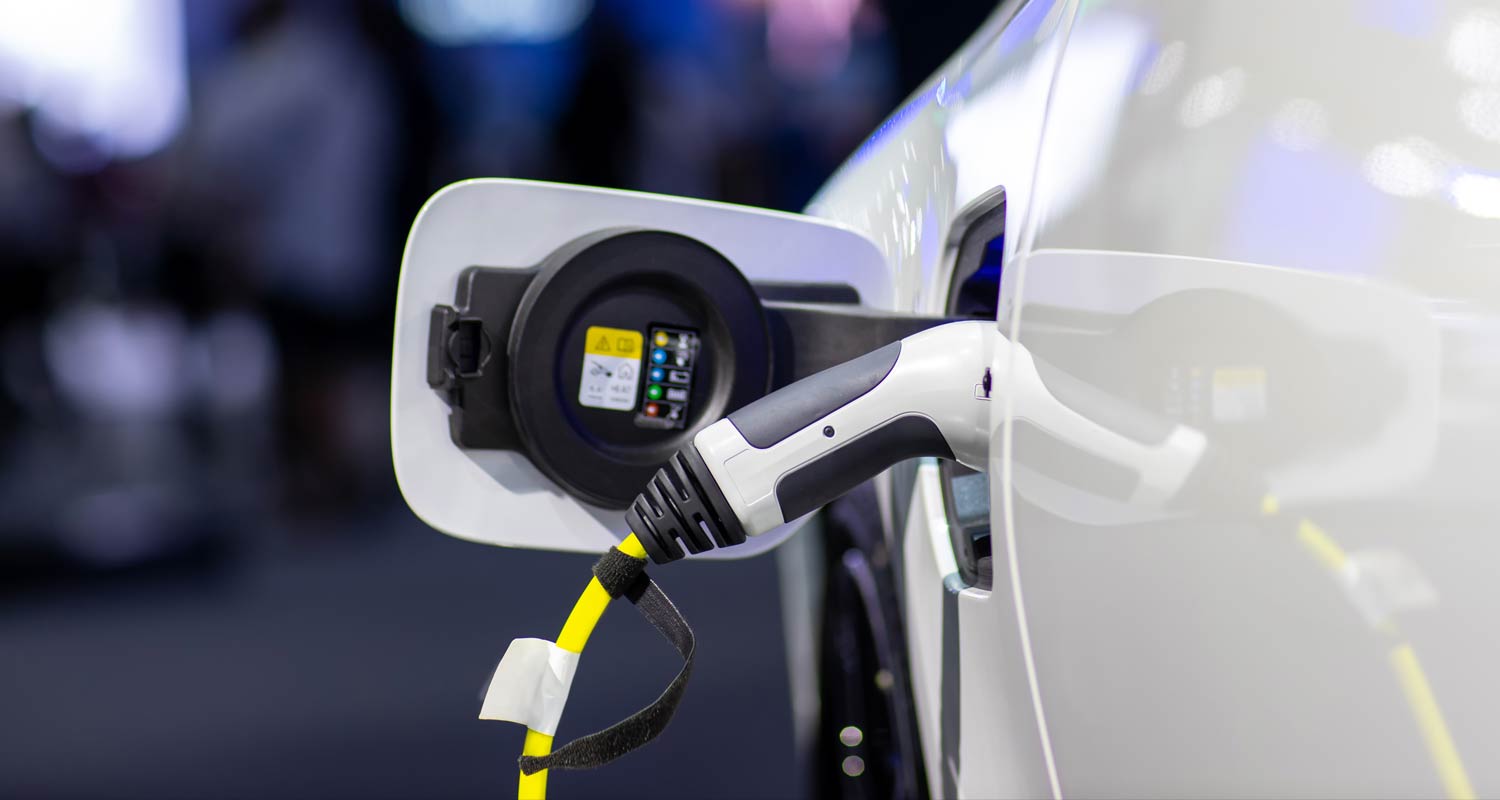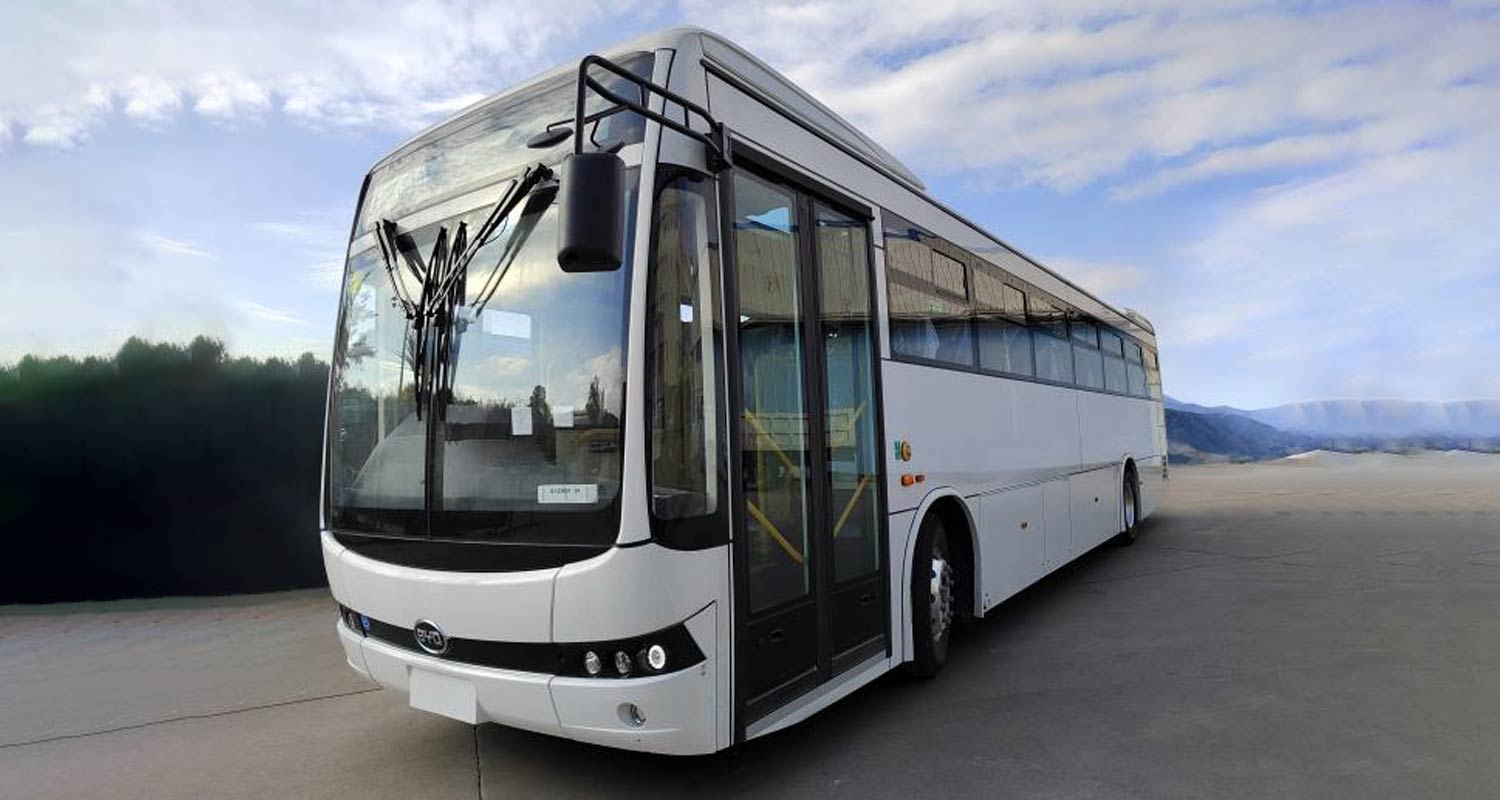In sub-Saharan Africa, high levels of particulate matter (PM2.5) pollution from vehicle tailpipe emissions cause poor health, developmental stunting and even death. Vehicle emissions also contribute to global warming.
Electric vehicles could help solve these problems but they’ve been slow to take off in the region. The continent’s biggest economy, South Africa, had only about a thousand electric vehicles by 2022.
We are specialist transport engineers whose research has focused on electric vehicles and road freight transport in sub-Saharan Africa. In our work, we look at how electric vehicles could contribute to reducing emissions in the region, and what is standing in the way of electrifying transport.
One of the reasons for low uptake is the high cost of electric vehicles. They also have limited range, and their batteries are slow to charge: a problem for long distance or frequent driving.
The inability of countries to generate and distribute enough clean electricity is also a barrier to electrifying vehicles. Just over half of all electricity in the region comes from burning fossil fuels. Powering electric vehicles with electricity generated by burning fossil fuels wouldn’t necessarily reduce carbon emissions.
However, the roll-out of electric motorcycles and small public transport vehicles has already begun. If all vehicles could be made locally, using clean energy, there would be tremendous economic benefits for the region.
Electric mobility is some way off
Transitioning to electric mobility requires clean energy provision, which means investing in electricity infrastructure. Electric vehicle charging stations can be installed fast: South Africa already has a very high electric vehicle ratio of one charger for every five cars, compared to the UK at 1:20. But these charging stations must be able to deliver electricity when vehicles need it. They need reliable, renewable energy stored in large battery systems to do so – and these large battery systems are still being developed.
In sub-Saharan Africa informal public transport moves about 72% of the region’s passengers. Freight moves goods in the absence of adequate rail. Electrifying these sectors needs careful planning.
Read: South Africa’s first electric minibus taxi to hit the road
Informal “paratransit” or “popular transportation” is made up of minibuses (matatu, ndiaga ndiaye, danfo, trotro), three-wheelers (tuk-tuk) and motorbikes (boda boda, moto).
Planning for the eventual electrification of informal taxis is complicated by the sector’s unscheduled, decentralised, often chaotic and demand-driven nature.
 Freight transport is a leading indicator for economic growth, and for economies to grow, freight transport must grow. This means that national and local governments must plan and invest in high-powered, fast charging stations along transport routes. These must be able to charge different sizes and kinds of trucks. The freight industry cannot absorb these costs alone.
Freight transport is a leading indicator for economic growth, and for economies to grow, freight transport must grow. This means that national and local governments must plan and invest in high-powered, fast charging stations along transport routes. These must be able to charge different sizes and kinds of trucks. The freight industry cannot absorb these costs alone.
Need for rapid change
The transport sector must make the transition to electric mobility faster than the breakneck speed at which smartphones were adopted if it is to meet net zero – an end to carbon emissions – by 2050. Costly electrical and civil infrastructure (roads, minibus termini, truck stops, electricity distribution networks) will be needed – and soon.
However, our results show that fleets will have to contain a mix of electric and combustion-based engines if countries want to continue to transport the same amount of goods and people they are currently transporting. This is because electric vehicles charge slowly. While a diesel minibus taxi takes only one minute to fill up with enough diesel to travel 750km, the fastest currently available electric minibus recharges at a mere 2km/minute with DC and 0.3km per minute with AC. The electric taxi’s range is also only 21% of the diesel equivalent.
Read: South Africa to get its first fleet of electric buses
Filling stations in the region generally store the equivalent of up to 225 000km worth of fuel for a diesel minibus. The same size of stationary electric battery storage will store a mere 16 000km for an electric equivalent minibus. Range-extending and potentially swappable battery storage can be used (where a trailer acts as a mobile battery bank to the vehicle, and is charged from a solar charging station to reduce emissions). But this will increase the cost so much that it may not be financially viable for the freight industry at all.
Building a local electric vehicle industry
Except for South Africa, the region has been a dumping ground for second-hand vehicles from developed countries. The comparatively simple designs of electric vehicles provide an opportunity for sub-Saharan Africa to move away from accepting second hand-vehicles and towards a new local electric vehicle industry.
Workers in hundreds of thousands of jobs making combustion engines could be reskilled to make electric vehicles. Africa already has the skills to design and produce the powertrain components, such as batteries and electric motors. Setting up local industries would also spare sub-Saharan Africa from being flooded by cheap electric vehicle imports that don’t contribute to local employment.
 Ethiopia has recently banned the importation of combustion vehicles. Africa’s first all-electric mass rapid transit was set up in Dakar, Senegal in 2023. The Golden Arrow bus company in South Africa purchased 120 electric buses this year. Heavy-haul electric trucks are also entering the South African market space.
Ethiopia has recently banned the importation of combustion vehicles. Africa’s first all-electric mass rapid transit was set up in Dakar, Senegal in 2023. The Golden Arrow bus company in South Africa purchased 120 electric buses this year. Heavy-haul electric trucks are also entering the South African market space.
Africa has already produced tens of thousands of electric two- and three-wheelers used for public transport and last-mile delivery. These include Ampersand in Rwanda, Roam Electric in Kenya and Spiro in Benin. Batteries are usually provided through swapping and payment by mobile phone. In South Africa, Mellowvans produce a last-mile three-wheeler.
A Roam Air electric motorbike recently completed the 6 000km journey from Nairobi to Stellenbosch using only the region’s abundant solar power. In Kenya, BasiGO assembled buses locally and now provides finance for electric buses. Roam Electric makes locally designed electric buses (and motorbikes). Meanwhile, a project owned by the South African National Energy Development Institute at Stellenbosch University has converted a petrol minibus taxi and a 65-seater diesel bus to electric.
Electrification is inevitable
The shift to electric vehicles is inevitable. These steps are needed first:
Read: We drove five electric cars across South Africa – a photo essay
To make the most of the electric mobility revolution, sub-Saharan African countries need policies and incentives to localise production and invest in green energy, lest they miss the bus.![]()
- The author are MJ (Thinus) Booysen, professor in engineering, Stellenbosch University, and Joubert van Eeden, professor of industrial engineering, Stellenbosch University
- This article is republished from The Conversation under a Creative Commons licence. Read the original article
Get breaking news from TechCentral on WhatsApp. Sign up here
Don’t miss:
South Africa weighs subsidies and rebates to boost electric car sales
